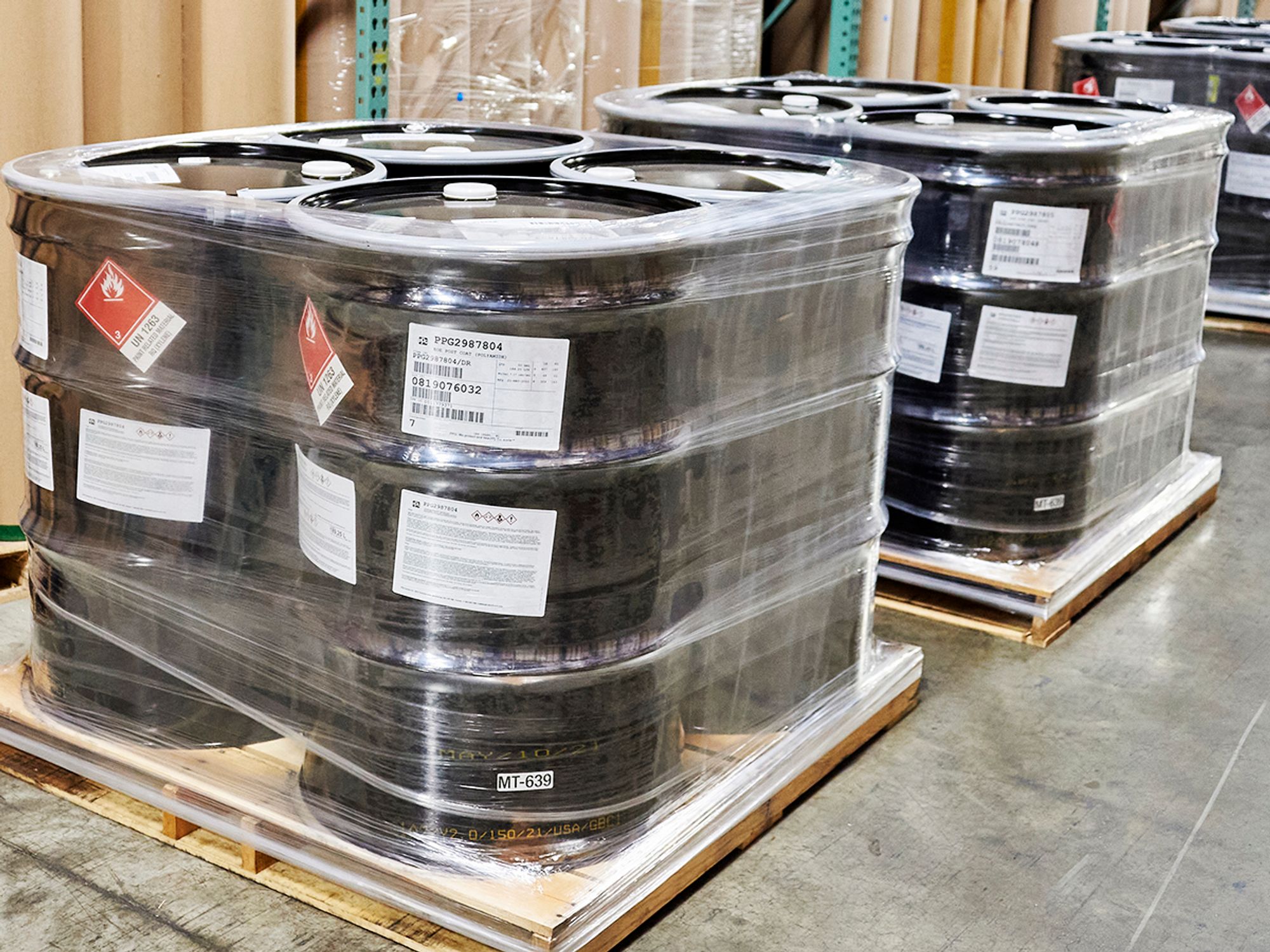Packaging exceptions

- Packaging exceptions include small quantities of some classes/divisions and limited quantities under certain exceptions.
- Salvage drums are used to transport hazardous materials that have spilled or leaked or are in damaged packaging, and must be shipped under specific conditions.
Packaging exceptions are applied in certain situations where normal packaging requirements cannot be met.
All packagings of hazardous materials, regardless of the mode of transportation, must be as specified in Part 173, unless exceptions are authorized. Some exceptions include:
- Small quantities of Class 3, Division 4.1, Division 5.1, Division 5.2, Class 8, Division 6.1 materials, Class 9 materials, and Class 7 materials, to the extent allowed in 173.4.
- Certain limited quantities, under the exceptions in 173.150 (Class 3), 173.151 (Division 4.1), 173.152 (Class 5), 173.153 (Division 6.1), 173.154 (Class 8), 173.155 (Class 9), and 173.306 (Class 2).
- “Salvage drums" for use in transporting damaged, defective, or leaking packages for repackaging or disposal. (173.3)
Salvage drums
Packages of hazardous materials that are damaged, defective, or found leaking and hazardous materials that have spilled or leaked may be placed in a salvage drum for transport to be repackaged or for disposal. The salvage drum must be metal or plastic, have a removable head, and be compatible with the lading.
The salvage drum must be shipped under the following conditions:
- The drum must be a UN 1A2 (removable head steel drum), 1B2 (removable head aluminum drum), 1N2 (removable head metal drum other than steel or aluminum), or 1H2 (removable head plastic drum). All drums must be tested and marked for Packing Group III or higher for liquids or solids and a leakproofness test of 20 kPa (3 psi).
- A drum that was manufactured and marked as a salvage drum prior to October 1, 1993, can be used if it’s marked in accordance with the provisions of 173.3 that went into effect on September 30, 1991.
- The capacity of the drum may not exceed 450 L (119 gallons).
- The drum must have, when necessary, sufficient cushioning and absorption material to prevent excessive movement of the damaged package and to eliminate the presence of any free liquid at the time the drum is closed. Cushioning and absorption material must be compatible with the hazardous material.
- The drum must be:
- Marked with the proper shipping name of the material inside,
- Marked with the name and address of the consignee,
- Marked with the words “Salvage Drum,” and
- Labeled for the material inside.
Placarding exemption for 1,001 pounds or less
A transport vehicle or freight container that contains less than 1,001 pounds (454 kg) aggregate gross weight of hazardous materials in non-bulk packages covered by Table 2 is not required to display placards. (This exception does not apply to bulk packages or materials with subsidiary hazards that must be placarded according to Section 172.505.) (172.504)
